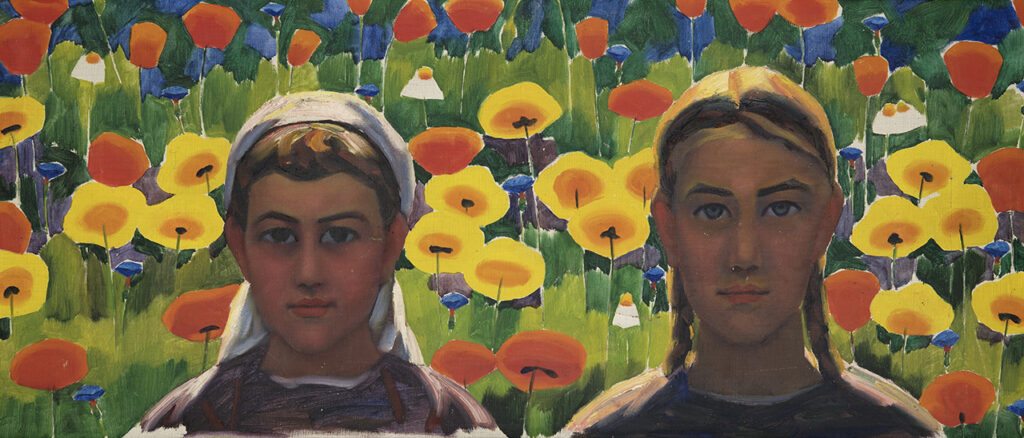
Bulgarian Art from its Liberation until the First Students of the Academy
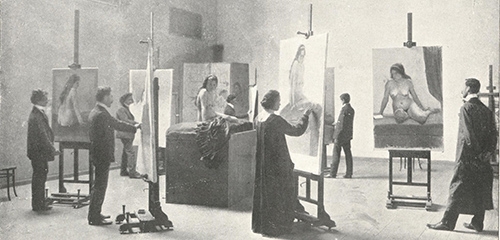
Photo of National Art Academy in Sofia, 1896
While the Treaty of San Stefano from March 3rd, 1878 did force the Ottoman Empire to return most Bulgarian territory, the Treaty of Berlin adopted about four months later (on July 13th) divided the state into 3 parts. The first was the Principality of Bulgaria which, although functioning independently, became an Ottoman vassal. The second, Eastern Romelia, became a province, while the bigger part of Macedonia was returned to the Empire with remaining bits given to neighbouring countries. Though liberated, Bulgaria remains hardly independent.
The late 1800s is when modernism rises as a central movement in Europe and the States. Born around the economic and social developments around the turn of the century, the movement seeks to redefine fundamental truths and values through radical rethinking of traditional ideas. It goes over oppositions such as individual versus society, elitism versus the streets and often drabbles in themes of liberation and rebellion. A notable Bulgarian example is poet Geo Milev, who portrayed the crisis and catastrophises following the rise of modernist society and its general regression into barbarism. Having this historical background in mind we can now follow things unfold through brief overviews of the more well-known painters of this time.

Starting in Eastern Romelia, because despite not being as independent as the Principality of Bulgaria, in the few years of its existence its capitol Plovdiv is the centre of Bulgaria’s artistic development as the government puts in extra funding in bringing in foreign professionals to teach at its schools. This was common practice, as well as in the Principality. This ensured that Bulgarians could catch up to Europe and forge its own line of professionals as soon and efficiently as possible.
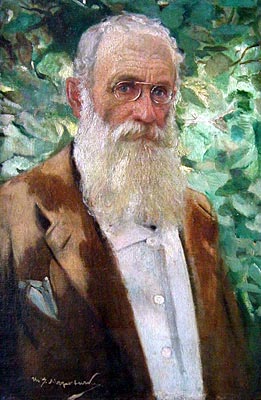
Selfportrait of Jan Václav Mrkvička, 1926
One largely influential artist, one to have been invited to work in Eastern Romelia in 1881, is the Austian Empire-born Jan Václav Mrkvička (1856 – 1938). A particularly well-known work of his is “Rachenica”, which happens to also be a great example of the scenes he liked portraying the most – Bulgarian rural life. Mrkvička is also the one to illustrate the first publication of “Under the Yoke” in book form, “a novel about the life of Bulgarians on the eve of Liberation”, as the author Ivan Vazov has subtitled it himself.
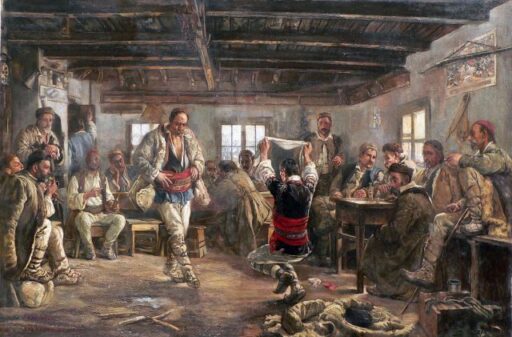
“Rachenica”, 1894
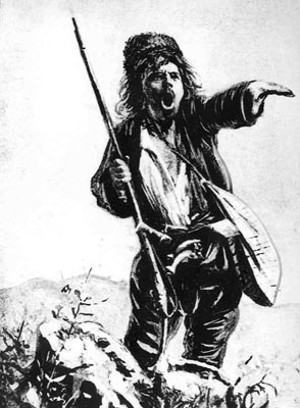
Illustration of the character Ivan Borimechkata for the
first book publication of “Under the Yoke”

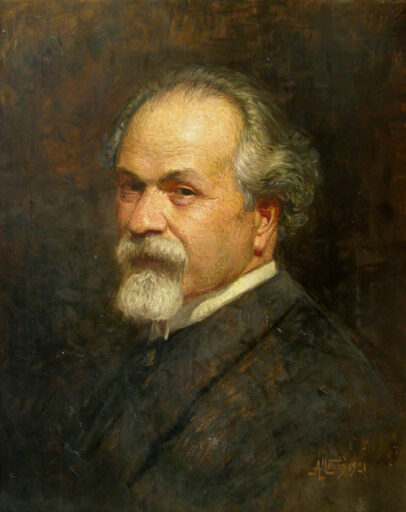
Selfportrait of Anton Mitov, 1921
Another key artist for the period is the Bulgarian painter and teacher Anton Mitov (1862 – 1930). He portrays mostly anything in his work, from depictions of wars or village scenes to portraits and landscapes… As a matter of fact, he is often credited for creating the first of Bulgarian sea landscapes, Varna’s sea side and ports being a well-documented location. He works closely with Jan Mrkvička in not only publishing the magazine “Izkustvo” and hosting joint expositions of their artwork, but in also founding the first National Art Academy in 1894 alongside Boris Schatz, its third founder, a Lithuanian Jewish artist who was invited to Sofia by Ferdinand I of Bulgaria. The Academy’s founding is about the time that the artistic centre moves from Plovdiv to the capitol of the Principality of Bulgaria.
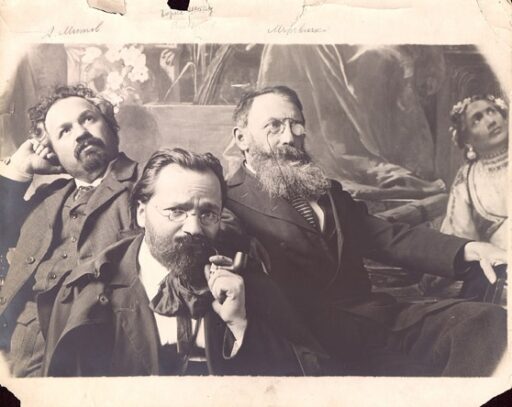
Photo of Ivan Mrkvička, Anton Mitov and Boris Schatz
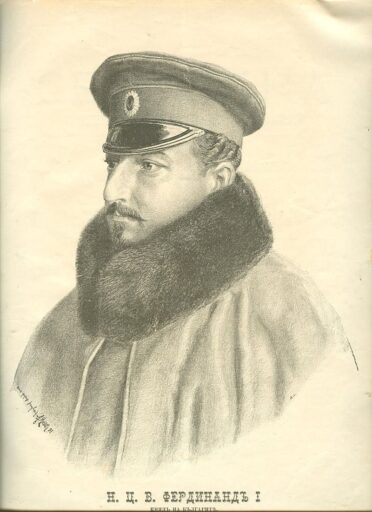
Portrait of Ferdinand I of Bulgaria, 1891
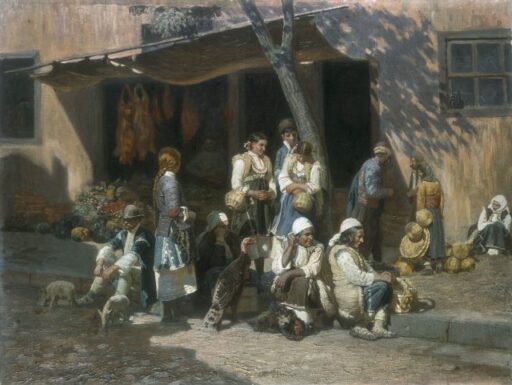
Peasants at the Market in Sofia, 1903

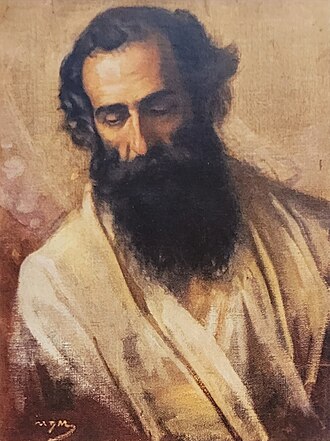
Portrait of Vladimir Dimitrov by Ivan Mrkvička, 1909
Amongst the most notable of the artists that attend the Academy is none other than Vladimir Dimitrov – the Master (1882 – 1960). He isn’t well-known just for his talent, but also for his way of ascetic living. He had grown up poor and was self-taught, until his art got recognition and was accepted into the Academy as an supernumerary student (though due to his excellent marks, he was given documentation for having completed the course as though following regular education), but even after gaining the resources to live more comfortably, he would always give it all away. His most famous pieces are focused on scenes from his home village Kyustendil, where he later becomes a teacher.
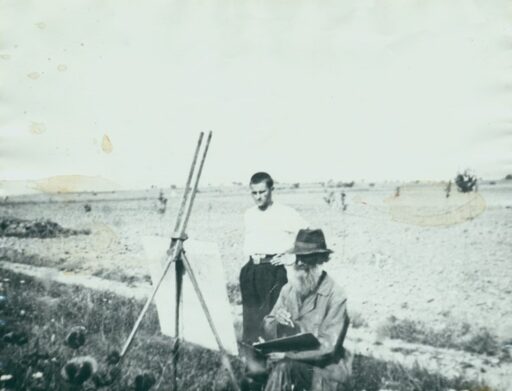
Dimitrov painting by a railway between
the villages Kopilovci and Shishkovci

“Jetvarki”

“Girls by the poppies”

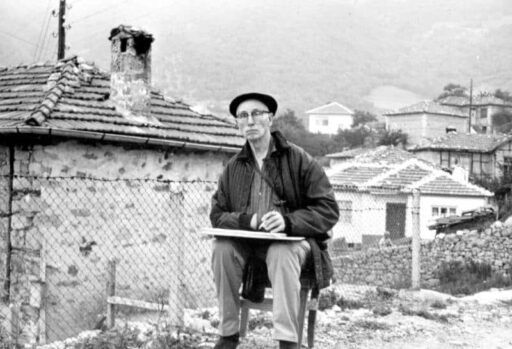
Zlatyu Boyadzhiev (1903 – 1976) was another student of the Academy, graduating from it in 1936. His art is devided in two periods, first being until his stroke in 1951 and the second following his recovery a few years later until his death, during which his style changes drastically from neoclassicism into a more grotesque one, having to switch to his non-dominant hand after his right side becomes paralysed.
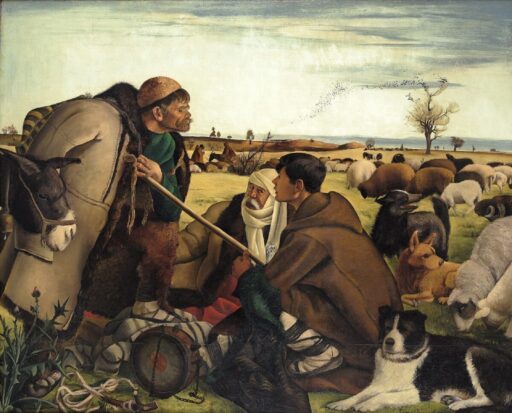
“Brezovski ovchari”, 1941
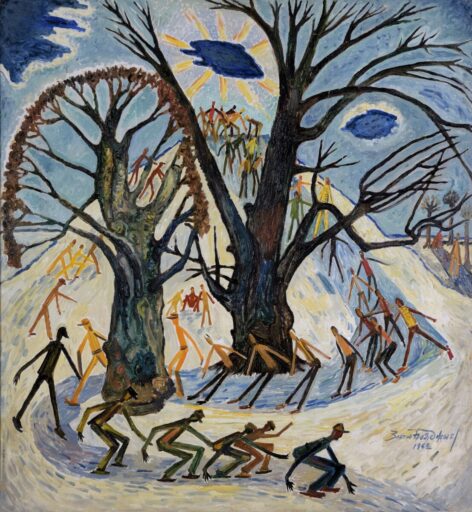
“Slide”, 1962
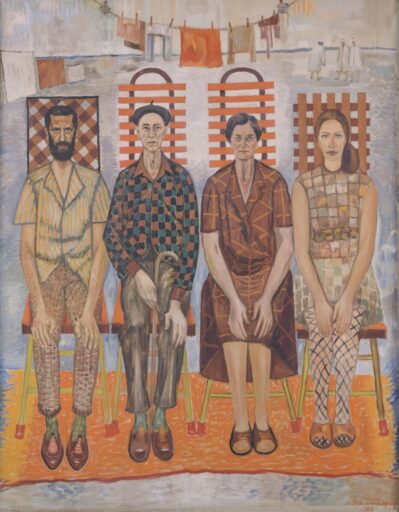
“Family portrait”, 1967
More From The Author
No posts found.

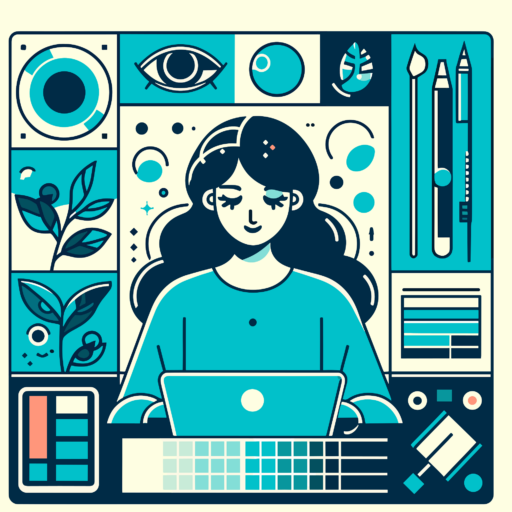

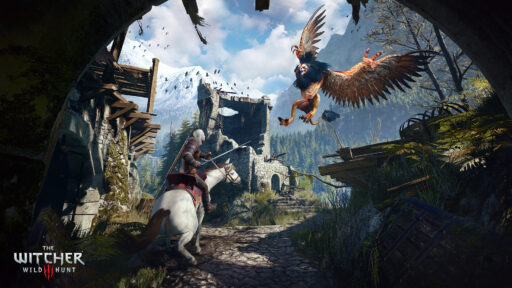

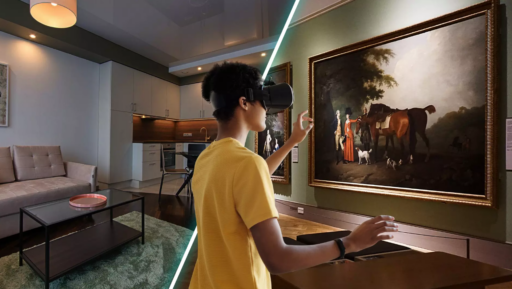
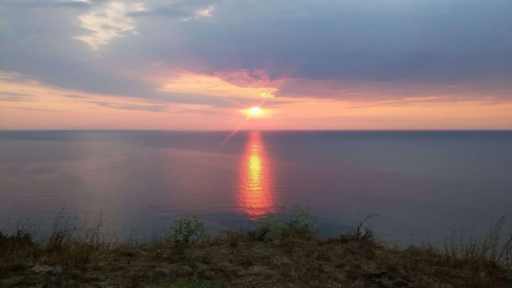
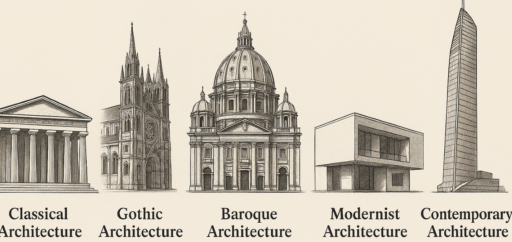
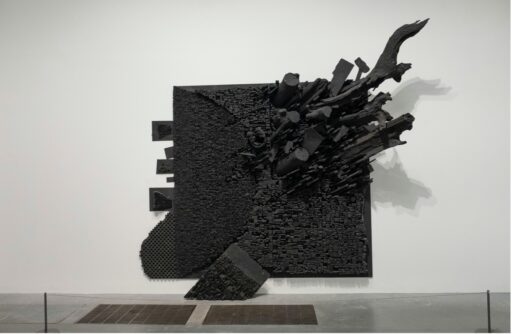
So much talent, it’s crazy how good our artists were, especially for their time. Thanks for highlighting their work!
That’s true and there are so many more…! I’m glad you liked the post.